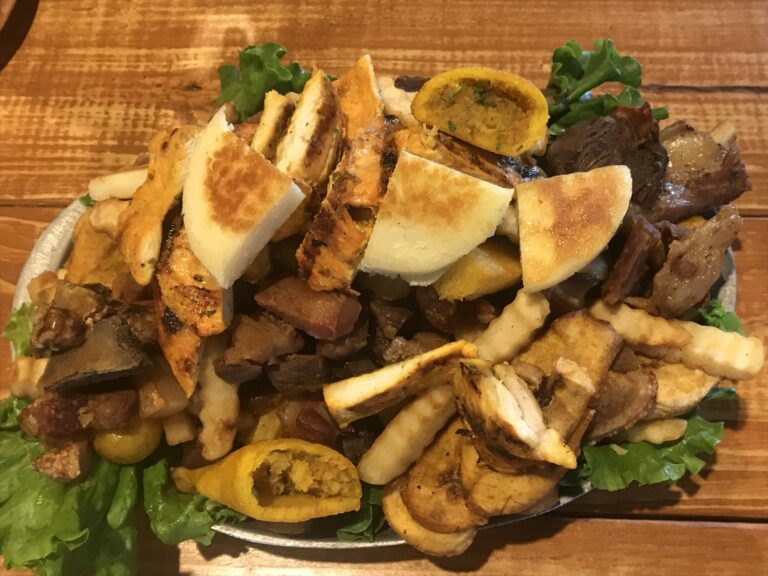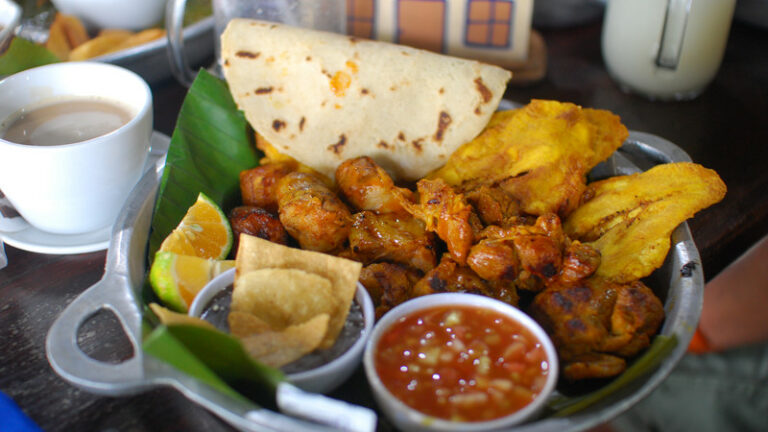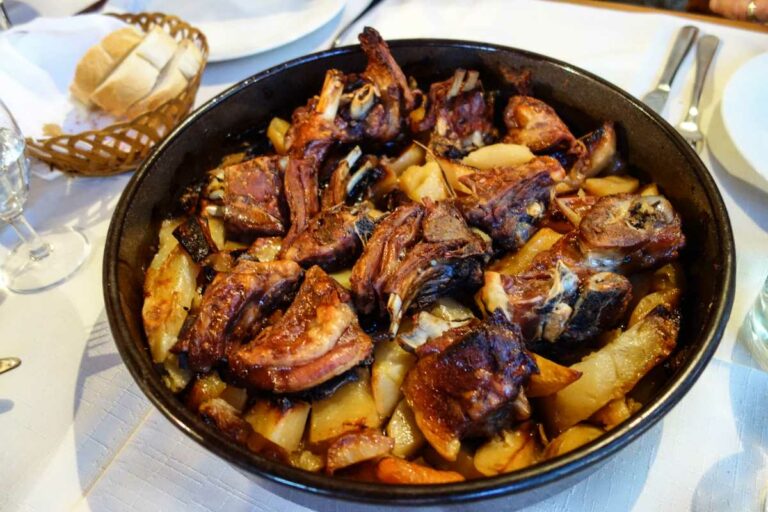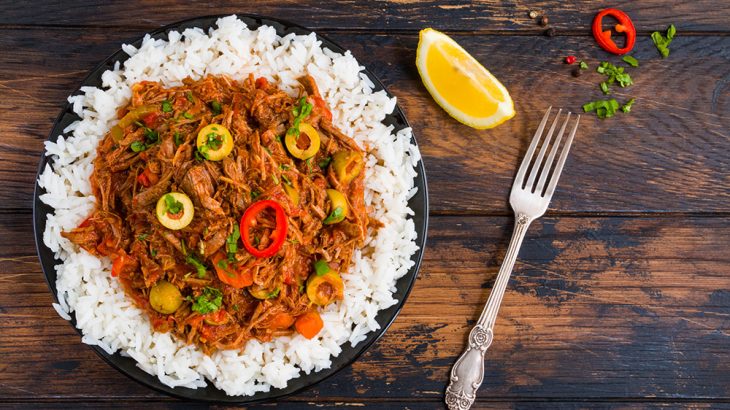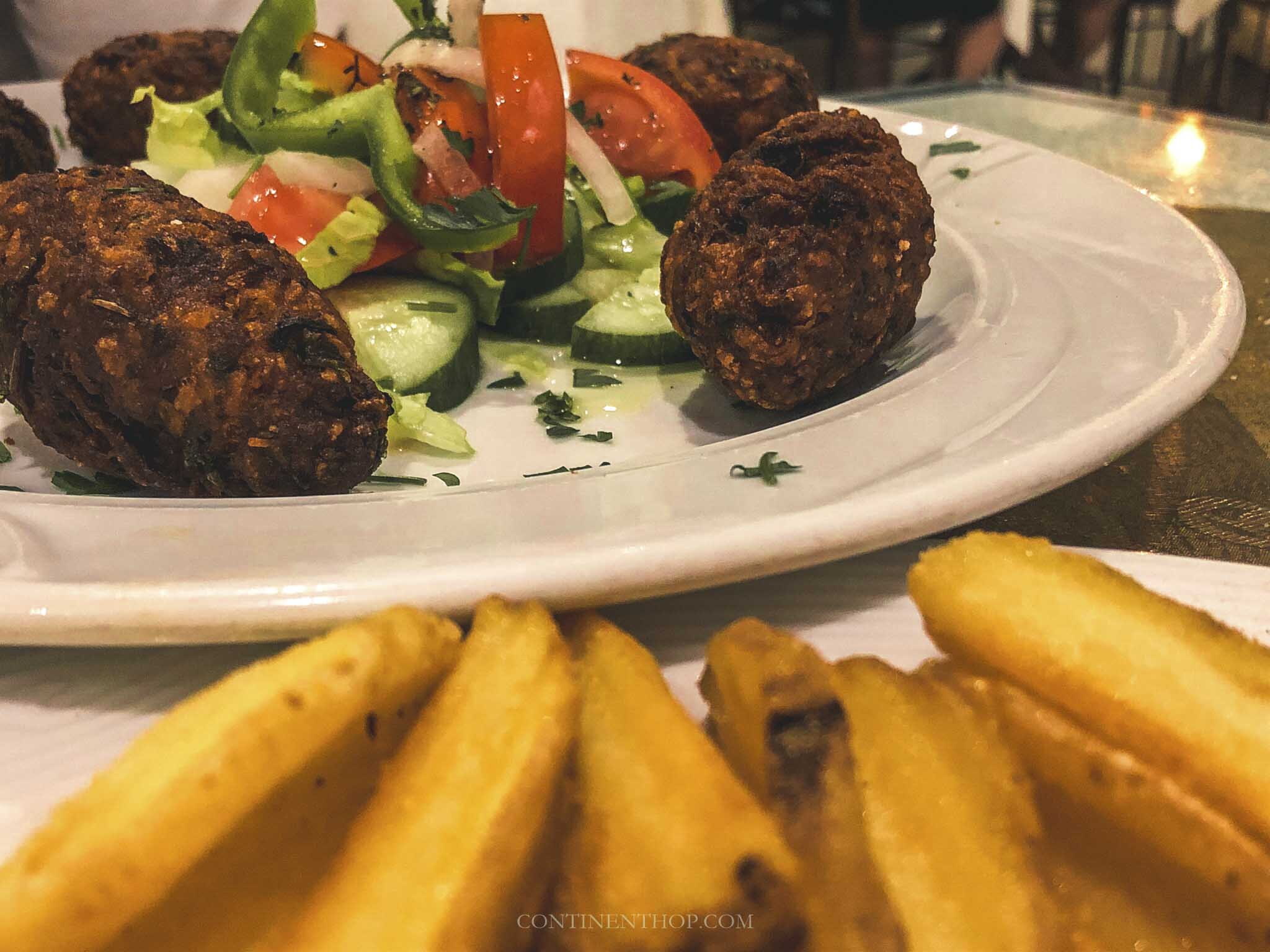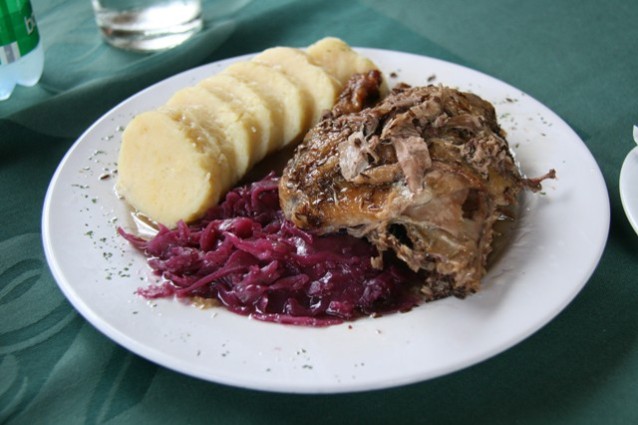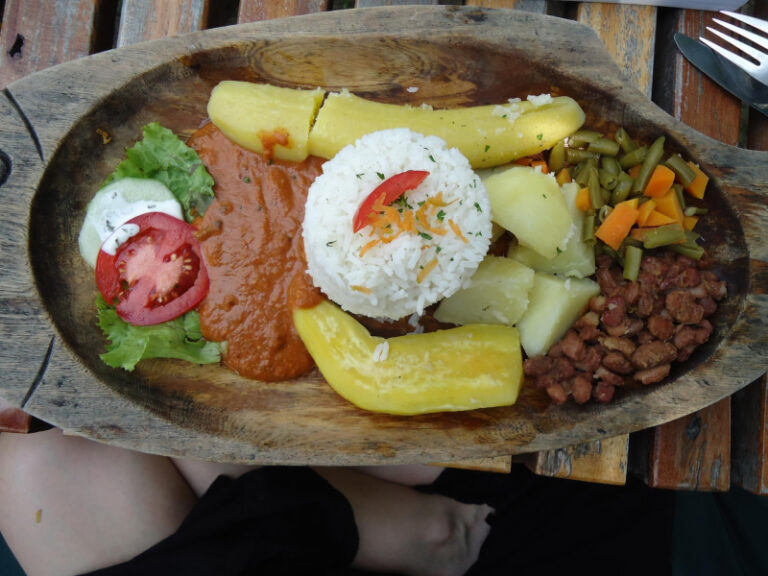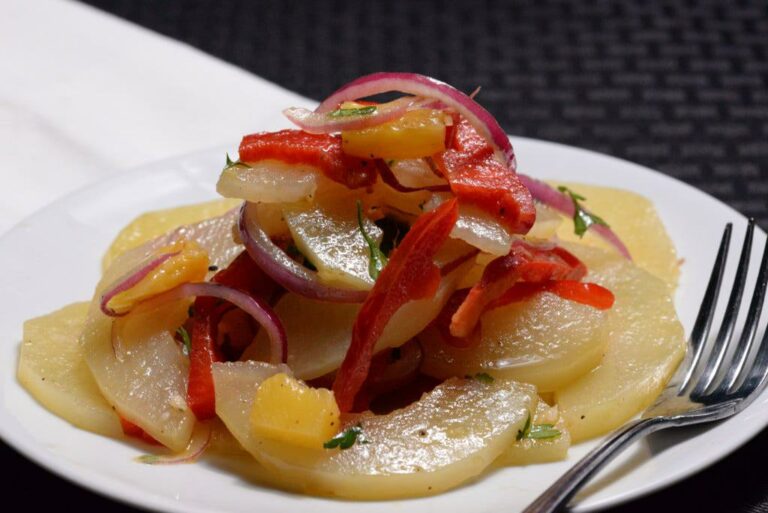Introduction: Street Food in Colombia
Street food is an integral part of Colombia’s culinary scene. From savory empanadas to sweet buñuelos, the country is famous for its delicious and affordable street food. Colombian street food is known for its diverse flavors and is a reflection of the country’s cultural and historical roots.
Historical Roots of Street Food in Colombia
Street food in Colombia has a long history dating back to pre-colonial times. Indigenous people used to sell food in the markets, and African slaves brought their culinary traditions, which were later incorporated into Colombian cuisine. During the colonial era, street food vendors were prevalent in the cities, and this trend continued throughout the country’s history.
Influence of Indigenous and African Cuisine
Indigenous and African cuisines have had a significant influence on Colombian street food. One of the most popular street foods in Colombia, the arepa, is a staple in the indigenous diet. It is made of cornmeal and can be eaten plain or filled with cheese, meat, or other ingredients. African influence can be seen in dishes such as churros and buñuelos, which are sweet and deep-fried.
Popular Street Food in Colombia
There are many varieties of street food in Colombia, from savory to sweet. Some of the most popular dishes include empanadas, tamales, choripán, and churros. Empanadas are a staple in Colombian street food and can be filled with meat, cheese, or vegetables. Tamales are a traditional dish made of cornmeal and stuffed with pork, chicken, or vegetables. Choripán is a sandwich made of chorizo sausage and bread, and churros are deep-fried dough covered in sugar.
Street Food Culture in Major Colombian Cities
Street food is an essential part of the culture in Colombian cities, and vendors can be found on nearly every street corner. In Bogotá, street food is sophisticated, and vendors have established food markets where they sell their specialties. In Medellín, street food is prevalent, and the city is known for its variety of empanadas and choripán.
Health and Safety Concerns of Street Food
While street food is a popular and affordable option in Colombia, there are concerns about its safety and hygiene. Contamination and food poisoning can be a problem, and consumers must be careful when choosing where to buy food. The lack of hygiene measures and refrigeration can also be a concern.
Government Regulations on Street Food
The Colombian government has implemented regulations to ensure the safety and hygiene of street food vendors. Vendors must register with the government and follow strict hygiene guidelines. The government also conducts regular inspections to ensure compliance with regulations.
Conclusion: Street Food in Colombia’s Culinary Scene
Colombian street food is an integral part of the country’s culinary scene and reflects its cultural and historical roots. Indigenous and African cuisines have had a significant influence on Colombian street food, and it has evolved over time. While there are concerns about its safety and hygiene, the government has implemented regulations to ensure the safety of consumers. Street food will continue to be an essential part of the Colombian culinary scene for years to come.

